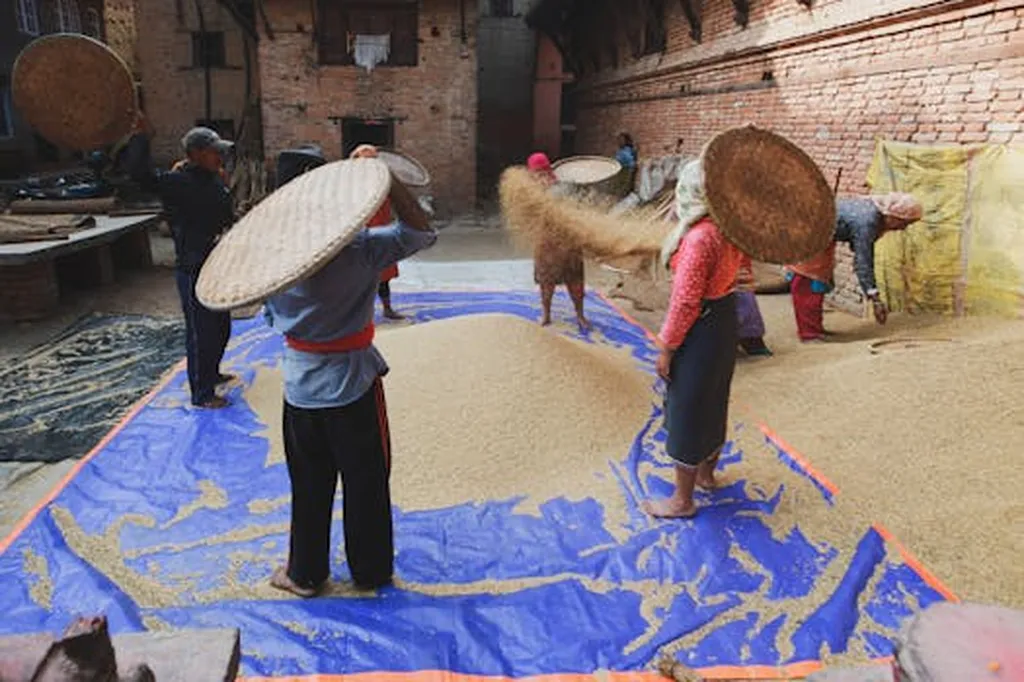In the ever-evolving landscape of agricultural technology, precision is paramount. A recent breakthrough in wireless sensor networks (WSNs) could revolutionize how farmers monitor and manage their crops, offering a more accurate and efficient way to gather crucial data. Researchers have developed a novel localization framework that significantly enhances the precision of node placement in WSNs, a critical component for smart agriculture and other data-driven applications.
The study, led by Doğan Yıldız from the Department of Electrical and Electronics Engineering at Ondokuz Mayıs University in Türkiye, introduces a hybrid localization method that combines the distance vector-hop (DV-Hop) algorithm with the Fire Hawk Optimizer (FHO), a nature-inspired metaheuristic method. This innovative approach aims to address the challenges of precise node localization in range-free settings, where direct distance data is unavailable.
“Our proposed FHODV-Hop method integrates the FHO into the DV-Hop algorithm, enhancing location estimation accuracy while maintaining low computational overhead,” Yıldız explained. “This is particularly important for large-scale, energy-constrained deployments in agriculture, where precision and efficiency are crucial.”
The research, published in the journal ‘Mathematics’, demonstrates that the FHODV-Hop model achieves significant improvements in average localization error (ALE) across various network topologies. In random deployments, the model reduces ALE by up to 35%, while in structured square-grid layouts, the improvement reaches nearly 45%. Even in highly irregular S-shaped conditions, the algorithm achieves around a 20% improvement.
The implications for the agriculture sector are substantial. Accurate node localization in WSNs enables precise monitoring of soil moisture, temperature, and other critical parameters, leading to more informed decision-making and optimized resource management. “This technology can help farmers implement precision agriculture techniques, ultimately increasing crop yields and sustainability,” Yıldız noted.
Beyond agriculture, the FHODV-Hop method has potential applications in environmental sensing, smart cities, and industrial automation. Its ability to accelerate convergence speed by approximately 25% and reduce computational time by nearly 18% makes it a scalable and practical solution for real-world deployments.
As the agricultural industry continues to embrace technology, innovations like the FHODV-Hop method pave the way for more efficient and sustainable farming practices. By enhancing the accuracy and efficiency of WSNs, this research could shape the future of smart agriculture, offering farmers the tools they need to thrive in an increasingly data-driven world.
With its promising balance between accuracy and practicality, the FHODV-Hop model represents a significant step forward in the field of wireless sensor networks, offering a glimpse into the future of precision agriculture and beyond.

